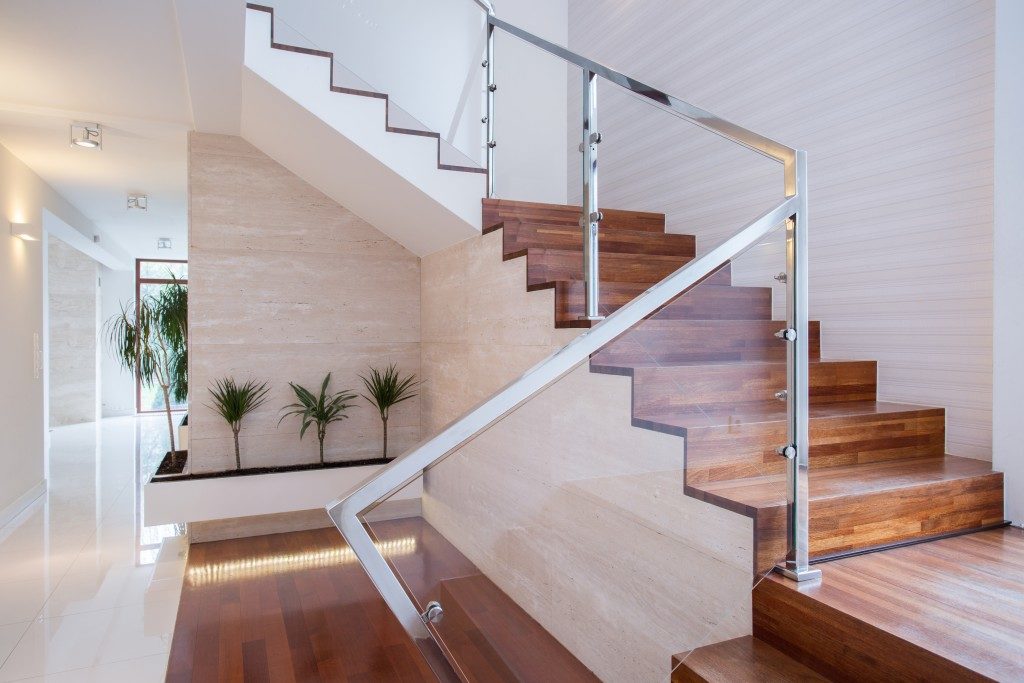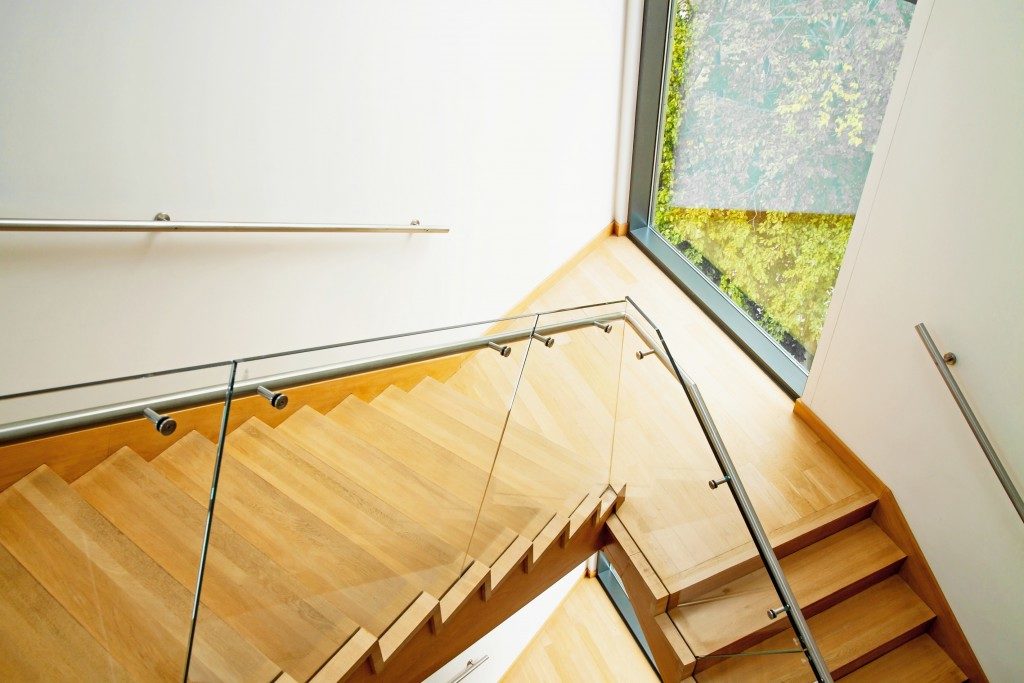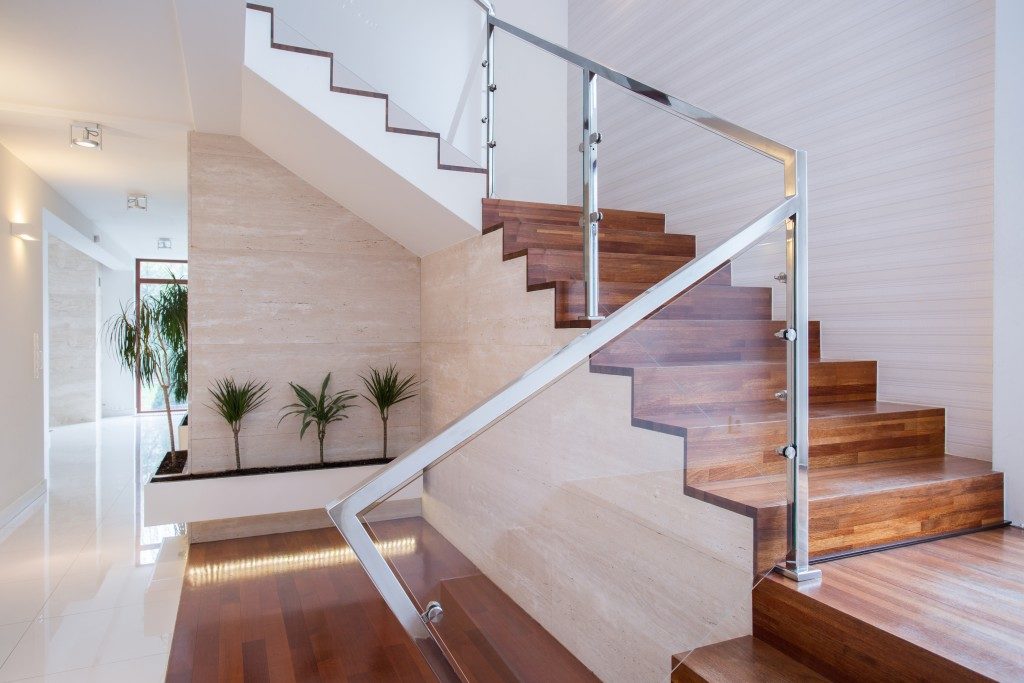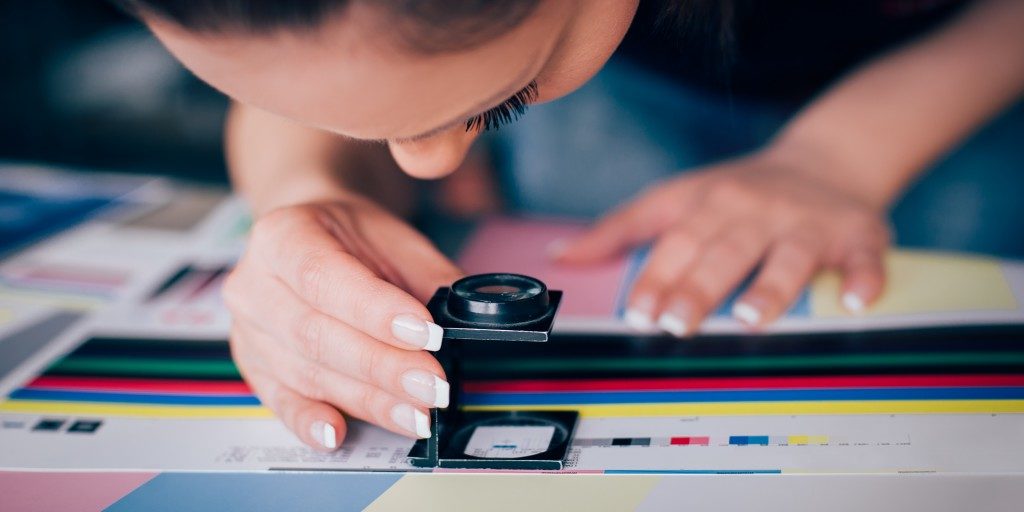
Few stair tread materials can make a huge aesthetic impact on your interiors like wooden treads. There are different types of hard, soft and exotic wood to choose from nowadays. The kinds of wood are also treated differently to enable them to withstand a range of elements that might destroy the treads prematurely.
For most property owners, high maintenance costs, as well as the fear of having your stairs look like everyone else’s, are some of the reasons for steering clear of timber stair treads. Gleaning from companies such as Ackworth House, a range of finishing techniques can set your stairs apart and make their maintenance easier. Here are some of these finishing techniques:
Staining
This option will boost the true colour of your treads and achieve a uniform tone if the wood has inconsistencies. Staining is also used to alter the natural wood colour of your treads to one that meets your tastes. There are different wood staining options, including oil and water-based stains. Water-based stains produce softer tones compared to oil-based ones, and they raise your wood’s grain. On the other hand, oil-based stains contain a binder and are easier to apply compared to water-based varieties.
Toning and Glazing
These two techniques are ideal for highlighting the details of the wood used on your stair treads. They will also prove efficient in unifying and adding depth to your natural wood’s colour or giving the treads an ‘aged’ look. Glazing and toning involve the application of a clear pigmented liquid between or over the finishing coats.
Wax Polishing

This technique is used to rejuvenate and seal the look of wood. Contrary to what most property owners think, professionally applied wax polish makes wooden stair treads very easy to clean. You can choose to have a penetrating finish applied over the wax to reduce the amount of wax needed for your stairs. Though more labour-intensive and expensive than other finishing techniques, wax polishing is worth the cost.
Distressing
This technique gives your treads an antique appearance. There are different methods used in distressing, such as sanding the wood’s finish away or rubbing it with a chemical. The treads’ surface can also be repeatedly struck with various objects to dent the surface randomly. Distressing should be professionally undertaken to avoid damaging your stair treads.
Bleaching
This finishing method is used for lightening your wood’s natural colour or removing the discolouration caused by moisture. The technique is also used to get a good base colour for the liming or pickling the treads. Pickling and liming will generally accentuate your wood’s grain.
When evaluating your wooden treads, you have to consider different things. Among the most crucial is their joinery. This is because the treads’ joinery will influence the ideal finishing technique for your stairs. Certain types of wood adhesives will react with some chemicals used for finishing, while the fasteners might be dislodged when distressing the treads. Hence, it is ideal to discuss your joinery options and intended distressing technique with your stair tread supplier.


